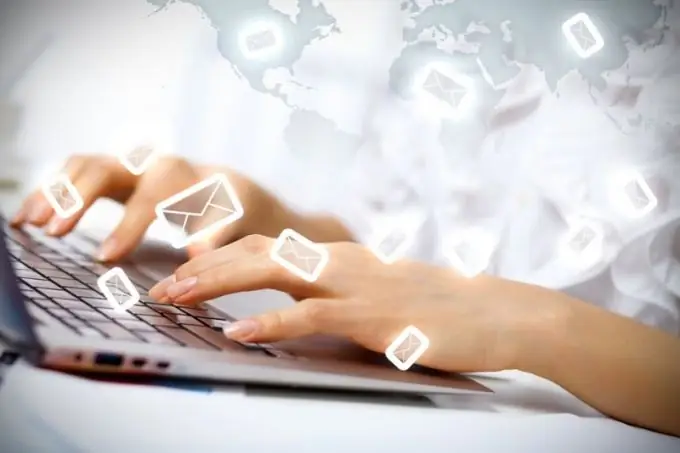- Author Lauren Nevill [email protected].
- Public 2023-12-16 18:48.
- Last modified 2025-01-23 15:15.
Modern man is forced to have email. Without it, it is impossible to register in various Internet projects, create accounts on social networks and lead a full-fledged business life. Where there is a large flow of information, there must be rules for maintaining order.

Have you ever tried to count how many emails arrive in your inbox every day? Sometimes their number is more than a hundred, and this is not the limit. It is quite obvious why it is difficult to find really important letters in such a flow of information. How can you put things in order in your mail and avoid a repetition of this chaos in the future?
The root of the problem
E-mail is a classic communication channel through which information continues to be exchanged in a professional environment. We receive notifications, project documentation, invoices for payment, contacts of future business partners, etc. to our e-mail. Chaos in e-mail creates a mess in the head: you cannot collect your thoughts, remember important data, it is easy to forget something, it is difficult to find something …
Hence the lack of time and simple irritability. So why not tidy up your email once and then just keep it up all the time ?! Believe me, it is a pleasure to work with such mail!
Putting things in order
Get in the habit of sorting incoming correspondence into categories: work, personal, entertainment, interesting, etc. You can even start sorting letters by last name if you really need to. Be sure to use the standard labels of your service: mark letters as important, put them with asterisks and other distinctive signs. Do not leave unnecessary emails in the general directory - immediately mark them as "spam". It also does not hurt to unsubscribe from unnecessary mailings.
Learn to work with groups of letters. Just highlight a certain number of received letters with similar characteristics and send them to a separate directory, delete them or mark them. This helps to effectively solve the problem of confusion in a large flow of incoming emails.
When you receive important emails, but you will not be able to immediately respond, mark them with the richest standard label: the next time you start mail, you will notice them first and answer them. If you don't do this right away, then important letters will get lost among others, and you will let the person down or will not have time to do something important.
There are letters that do not make sense to store at all. If you know for sure that the received letter is clearly spam, then immediately delete it, without even opening it. Otherwise, you will stumble upon it every time, and waste time re-reading the title. In the volume of one letter, you will spend a few seconds, but when there are a lot of them, the waste of time turns out to be quite tangible.






